Throughout the centuries, indigenous peoples of the African continent have created many different types of visual art. Sculpture, pottery, textiles, metalwork, jewelry, and paintings all fall under this category. All of these artistic practices have deep roots in African society and contribute significantly to the continent’s cultural and religious heritage.
Here are six historic African arts you should know:
Sculpture
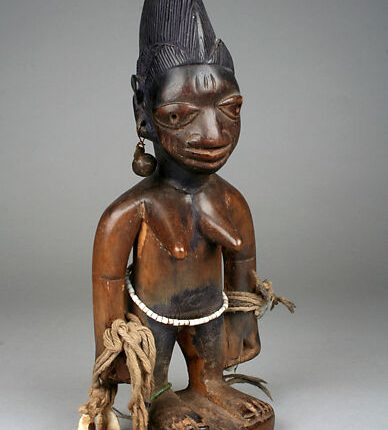
Sculpture is widely recognized as a major category within traditional African art. Whether made of wood, stone, or metal, African sculptures are renowned for their exceptional craftsmanship and attention to detail. The Yoruba people of Nigeria are known for their intricately carved wooden statues. The intricate carvings on these statues make them perfect for use in religious ceremonies.
Textiles
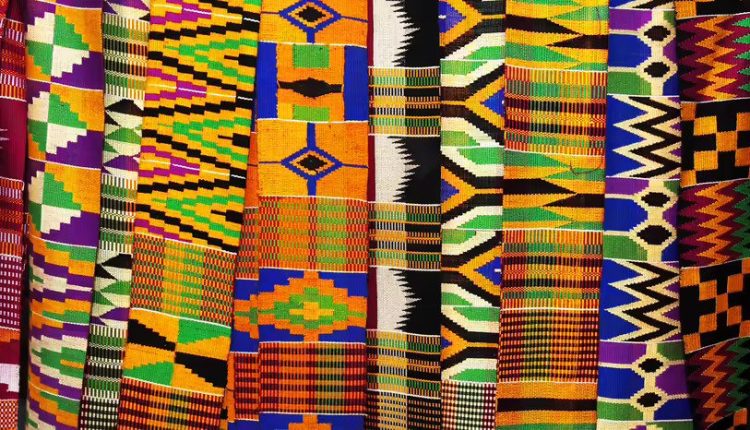
Textiles have long been recognized as an integral part of Africa’s artistic legacy. Cotton, wool, and silk are just a few of the materials that have been used to create the vibrant and eye-catching patterns so characteristic of African textiles. The Ashanti people of Ghana are responsible for the creation of the most well-known of these textiles, the Kente. These fabrics are frequently used in ceremonies and other significant events due to their elaborate and detailed designs.
Pottery
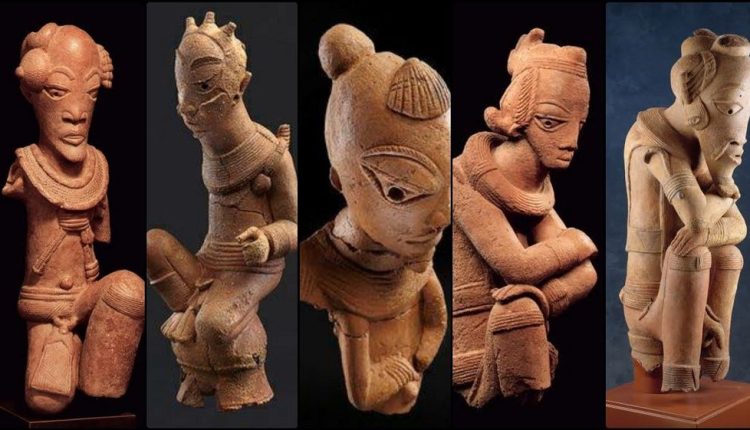
African pottery has a long and distinguished history as an integral part of African artistic expression. Pottery from Africa has been made from a wide range of materials, including clay, stone, and metal, and is renowned for its ornate and detailed designs. The Nok terracotta figurines of Nigeria are the most well-known of this type of pottery; they depict human and animal forms with remarkable realism and are among the earliest examples of sculpture in Africa.
Metalwork
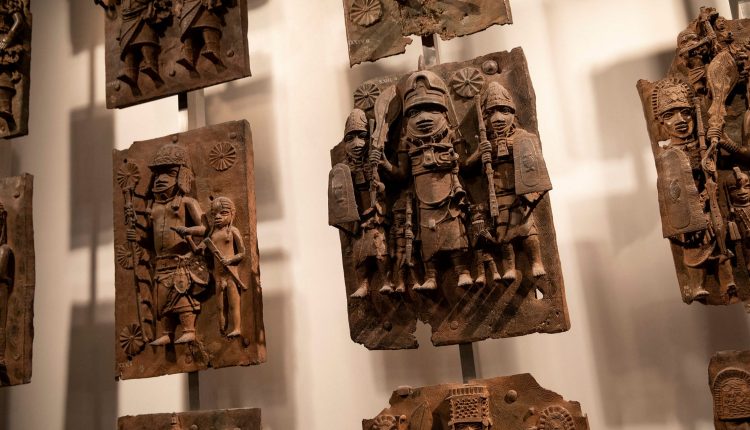
Ancient African metalwork is another significant artistic medium. Metalwork from Africa ranges from bronze to copper to iron, and it is widely renowned for its intricate and detailed designs. The Benin bronzes of Nigeria are the best known of these metalworks; they depict human and animal forms with great precision and detail, and are widely regarded as among the finest examples of African metalwork.
Jewellery
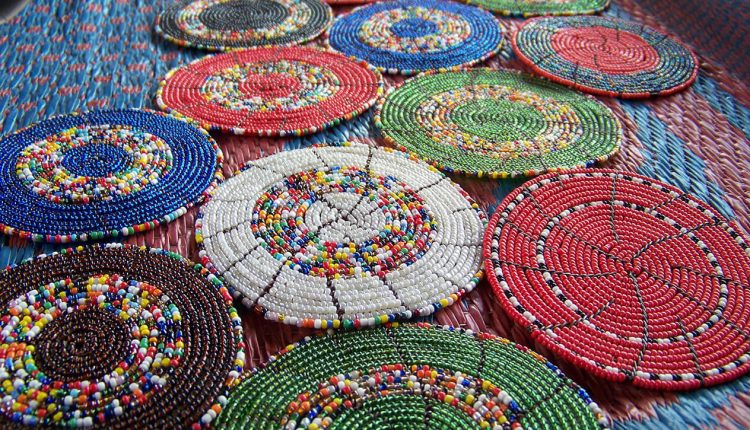
One other significant category of ancient African art is jewelry. Gold, silver, and beads are just some of the materials that have been used to create the stunning jewelry that is so characteristic of Africa. Most well-known among these pieces of jewelry is the Maasai beadwork of Kenya, which is often worn during rituals and ceremonies and is known for its intricate and detailed designs.
Painting
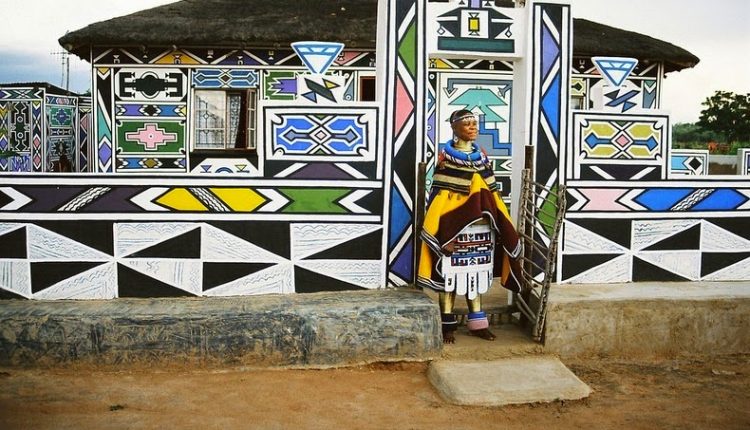
The historical African art of painting is also significant. Artists in Africa have used paint, ink, and dye to create their distinctively vibrant and graphic works of art. The Ndebele murals of South Africa are the most well-known examples; they are frequently used in rituals and ceremonies and are characterized by vivid colors and striking patterns.
In ancient African societies, art played a significant role in the preservation of both cultural and religious traditions. These forms of expression have been integrated into religious and cultural ceremonies, and their messages have often been conveyed to the participants through ritual and ceremony. African art has also been used aesthetically; it is frequently featured in the interior design of private and public buildings.
To sum up, historic African art is a vast and varied field that includes everything from sculpture and textiles to pottery and metalwork. All of these artistic practices have deep roots in African society and contribute significantly to the continent’s cultural and religious heritage. The more we study these art forms, the more we learn about their rich history.





Comments are closed.